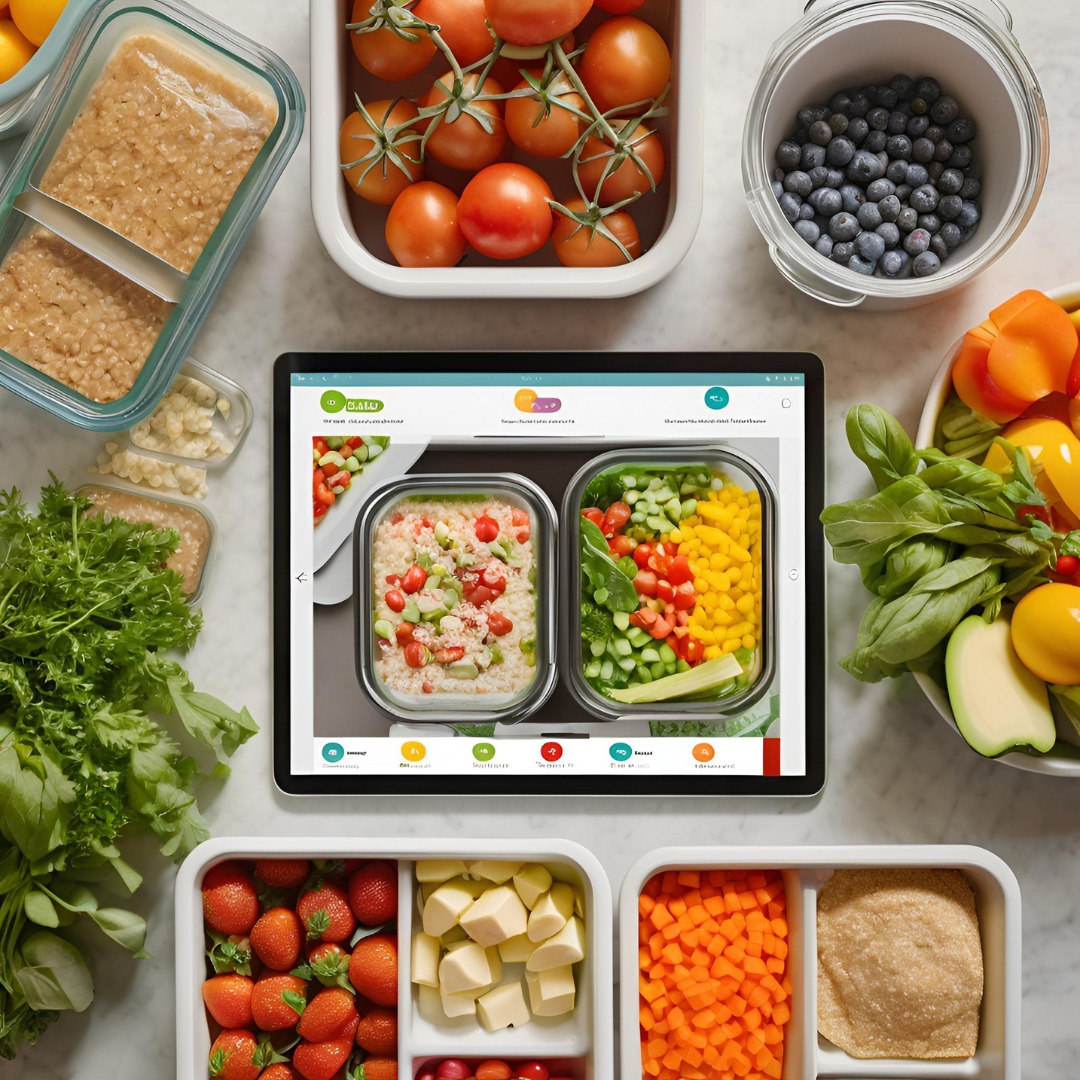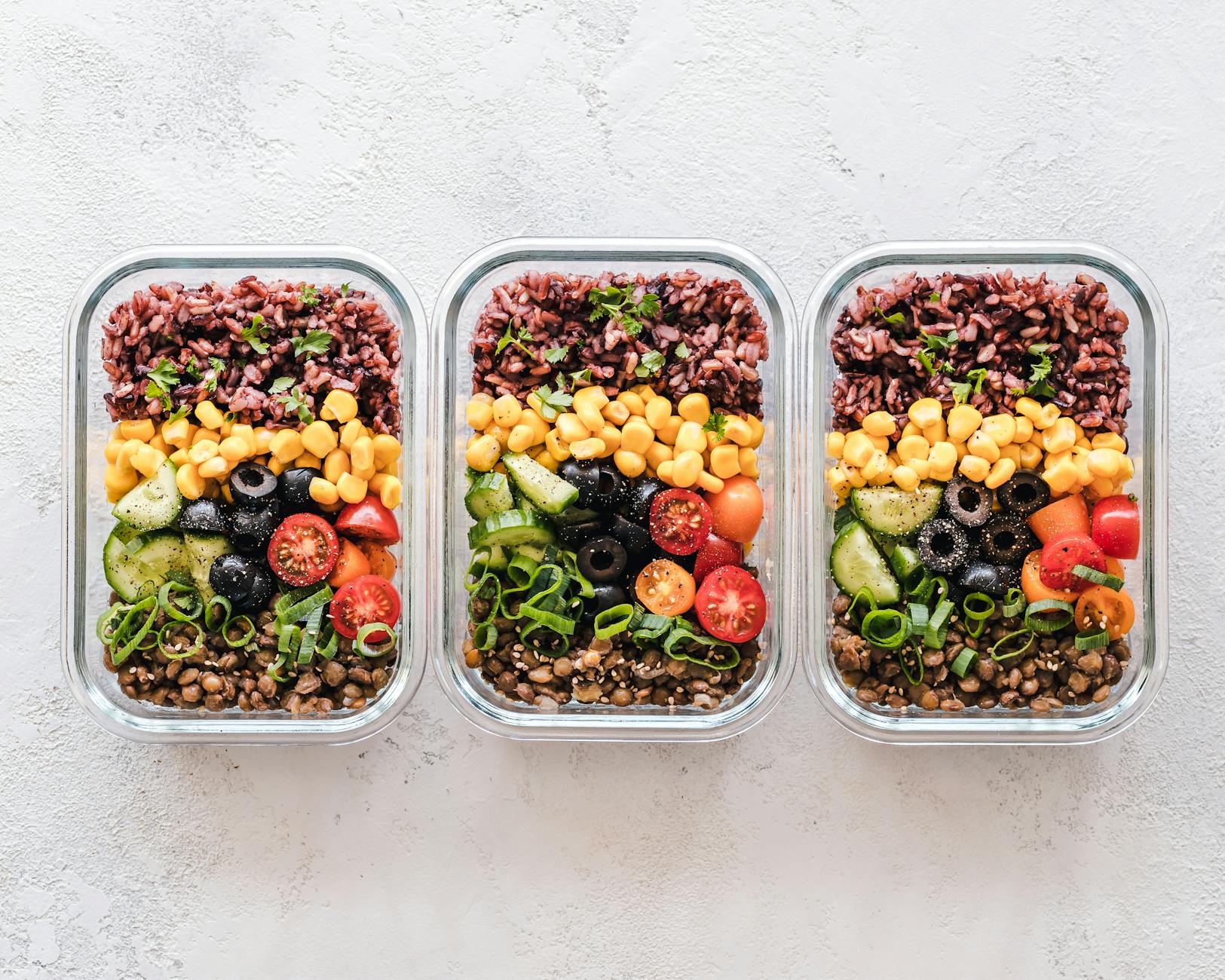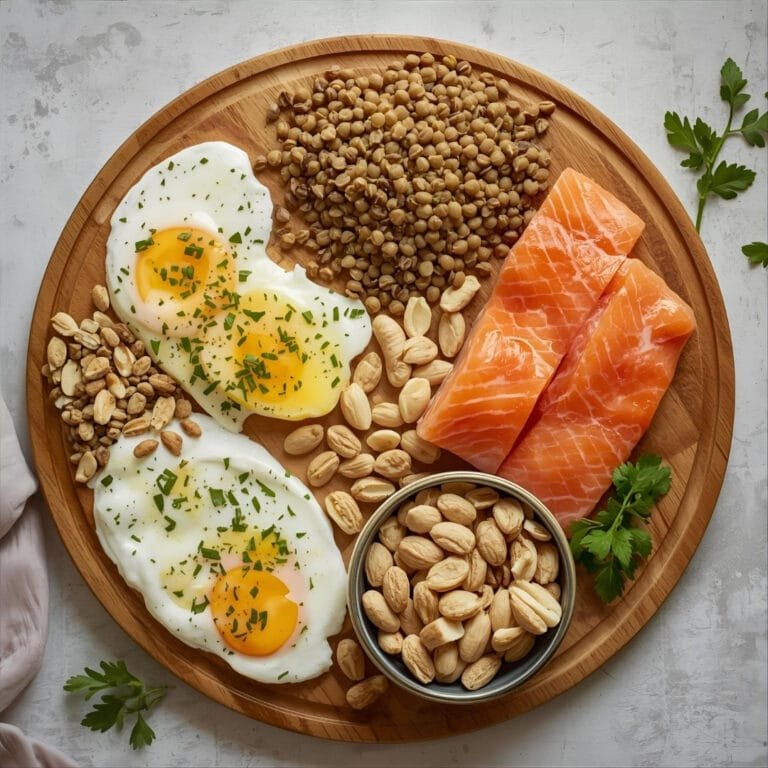Disclosure:
Thank you for reading this post, don't forget to subscribe!
Some of the links on this website are affiliate links. This means that if you click on the link and make a purchase, we may receive a small commission at no extra cost to you. Your support helps us keep the site running.Learn more on my Privacy Policy and Affiliate Disclosure page. Thank you for your support!
Creating a sustainable meal planning system can transform your approach to cooking while saving time and reducing stress. Let’s dive into a comprehensive strategy that you can easily adapt to your lifestyle.
Foundation: The Master Menu Concept
Think of your master menu as your personal restaurant menu at home. By maintaining a rotating selection of 20-30 favorite meals, you’ll find the perfect balance between variety and simplicity. This eliminates the dreaded “what’s for dinner?” question while keeping meals exciting and nutritious.
Core Menu Categories to Include
Your master menu should feature a mix of:
Quick meals (15-20 minutes)
- Sheet pan dinners with fish and roasted vegetables
- Stir-fries with pre-chopped ingredients
- Grain bowl combinations
Batch cooking options
- Soups and stews
- Casseroles and baked dishes
- Protein preparations that can be repurposed
Mix-and-match components
- Versatile grains (quinoa, rice, farro)
- Roasted vegetable medleys
- Multiple-use protein preparations
- Signature sauces and dressings
read next:
Strategic Planning System
Weekly Template Structure
Monday: Quick & Easy
- Perfect for busy starts to the week
- Utilize weekend prep components
- Focus on simple assembly rather than cooking
Tuesday: Batch Cooking
- Prepare larger quantities
- Cook components for multiple meals
- Focus on items that store well
Wednesday: Repurpose
- Transform Tuesday’s batch cooking
- Add fresh elements to maintain interest
- Minimize new cooking
Thursday: Global Flavors
- Introduce variety through international cuisine
- Use similar ingredients in new ways
- Keep techniques simple
Friday: Family Favorites
- Rely on tried-and-true recipes
- Incorporate crowd-pleasing elements
- Allow for customization
Weekend: Prep & Experimentation
- Try new recipes when time allows
- Prepare components for the week ahead
- Focus on enjoyable cooking experiences
Smart Storage Solutions
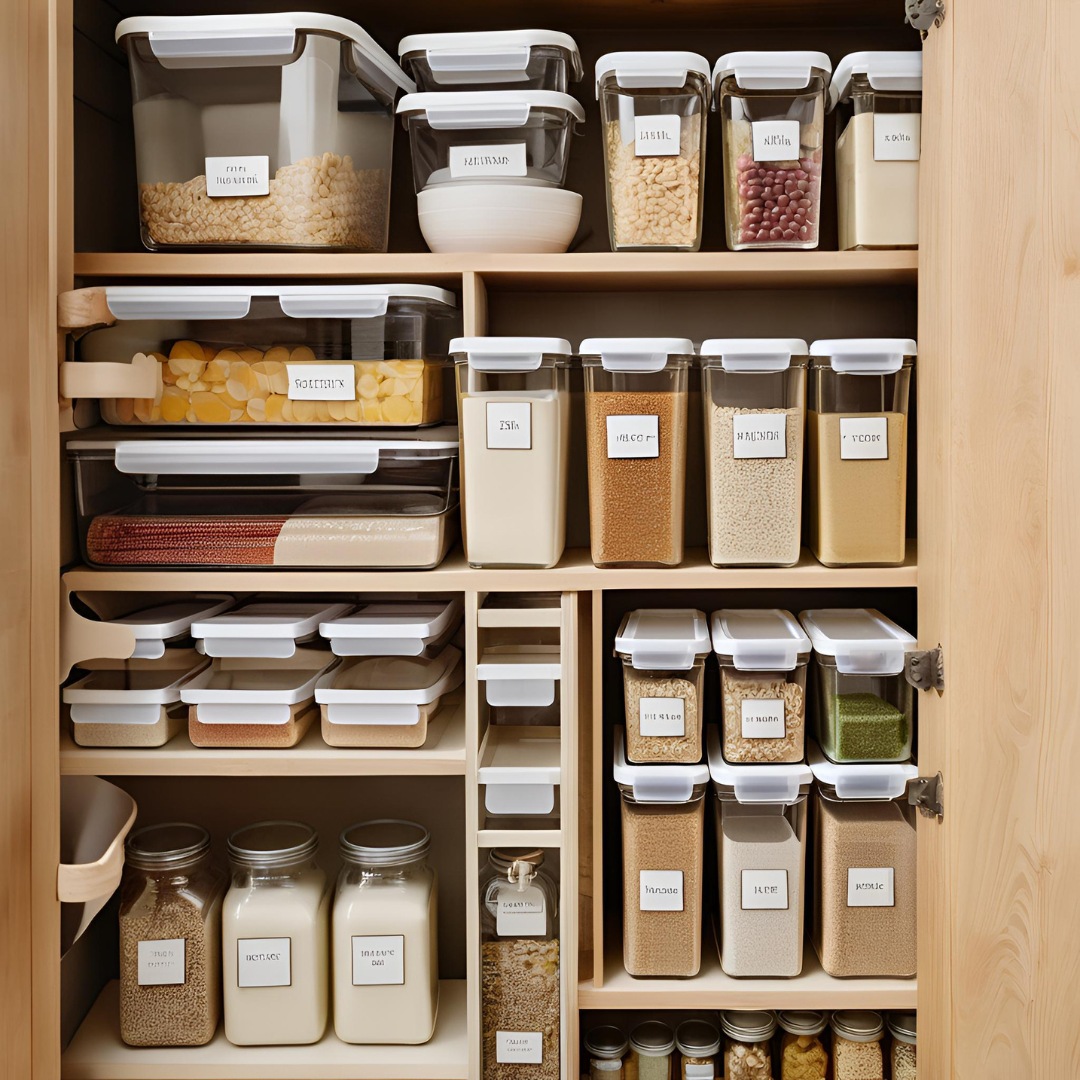
Kitchen Organization Zones
Prep Station
- Frequently used tools within arm’s reach
- Clear counter space for assembly
- Essential small appliances accessible
Cooking Zone
- Spices and oils near the stove
- Cooking tools in nearby drawers
- Pot and pan storage close to cooking area
Storage Area
- Clear containers for visibility
- Labels for quick identification
- Regular rotation system
Food Storage Guidelines
Refrigerator Organization
- Top: Ready-to-eat items and leftovers
- Middle: Dairy, eggs, and prepared ingredients
- Bottom: Raw proteins and marinating items
- Drawers: Produce with specific humidity needs
Pantry Structure
- Eye-level: Daily use items
- Lower: Backup supplies and heavier items
- Top: Seasonal and special occasion ingredients
Advanced Meal Planning Strategies
Batch Cooking Optimization
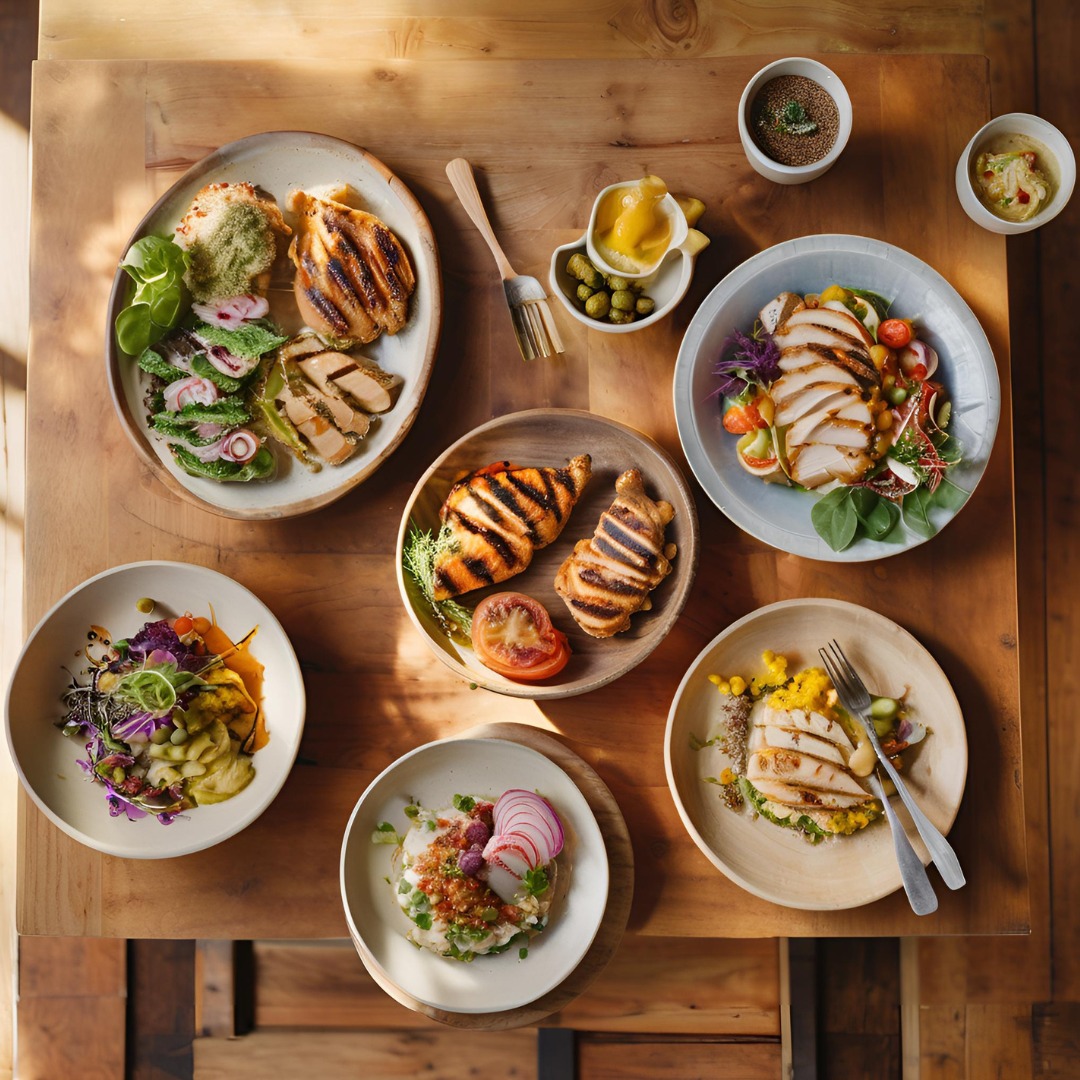
Primary Meal Creation
- Cook base proteins in various forms
- Prepare versatile grains and starches
- Roast multiple vegetable combinations
Meal Evolution
- Transform components into new dishes
- Vary seasonings and sauces
- Create different textures and combinations
Implementation Timeline
Week One: Foundation Building
- Assess current eating patterns
- Select initial master menu items
- Set up basic organization systems
- Create first weekly plan
Weeks Two-Four: System Refinement
- Adjust portions and timing
- Expand master menu options
- Fine-tune prep schedules
- Optimize shopping routines
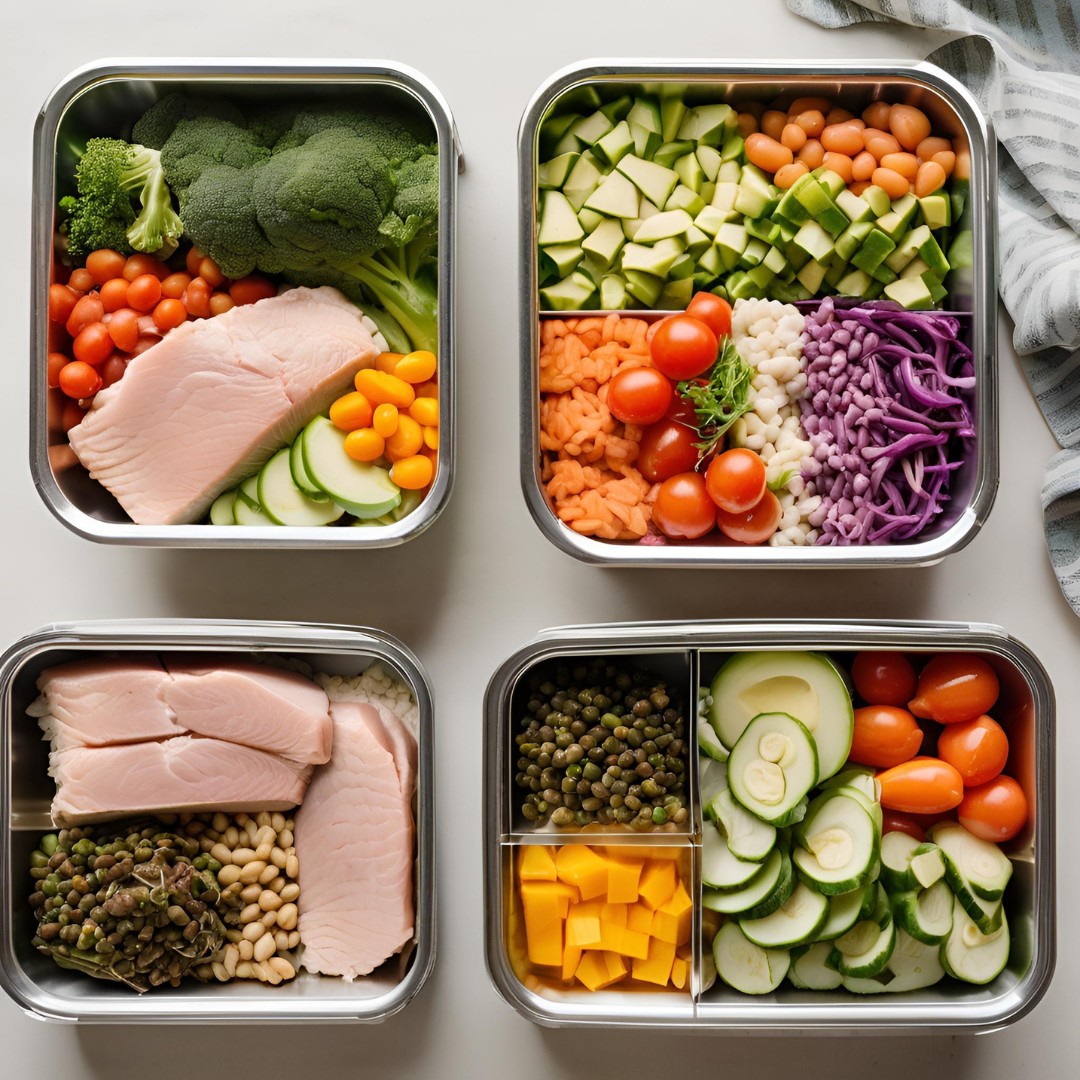
Sustainability Practices
Smart Shopping Protocols
Purchase Planning
- Check inventory before shopping
- Create structured shopping lists
- Buy in bulk when appropriate
- Focus on seasonal ingredients
Waste Prevention
- Regular inventory audits
- Proper storage techniques
- Leftover repurposing plans
- Strategic freezer usage
Success Tips and Tricks
- Start with familiar recipes you already love
- Introduce new dishes gradually
- Keep a log of successful meals and combinations
- Review and adjust your system monthly
- Maintain a well-stocked pantry of essentials
- Prep ingredients in advance when possible
- Use equipment strategically to save time
- Build in flexibility for unexpected changes
- Rotate seasonal items to maintain interest
- Gather feedback from family members
Recent post:
Remember, successful meal planning should support your lifestyle while making cooking more enjoyable and efficient. Start with these foundational elements and adapt them to create a system that works perfectly for you.
Ready to revolutionize your meal planning journey? At Morningscape Mindset Media, we’re passionate about helping you create sustainable healthy habits that last. Don’t let meal planning overwhelm you any longer – dive deeper into our comprehensive resources and transform your kitchen confidence today!Explore more fitness tips and routines on MorningScape Mindset Media, and let’s crush those goals together!
more about:
HEALTH / WELLNESS / FITNESS / NUTRITION
share this article

